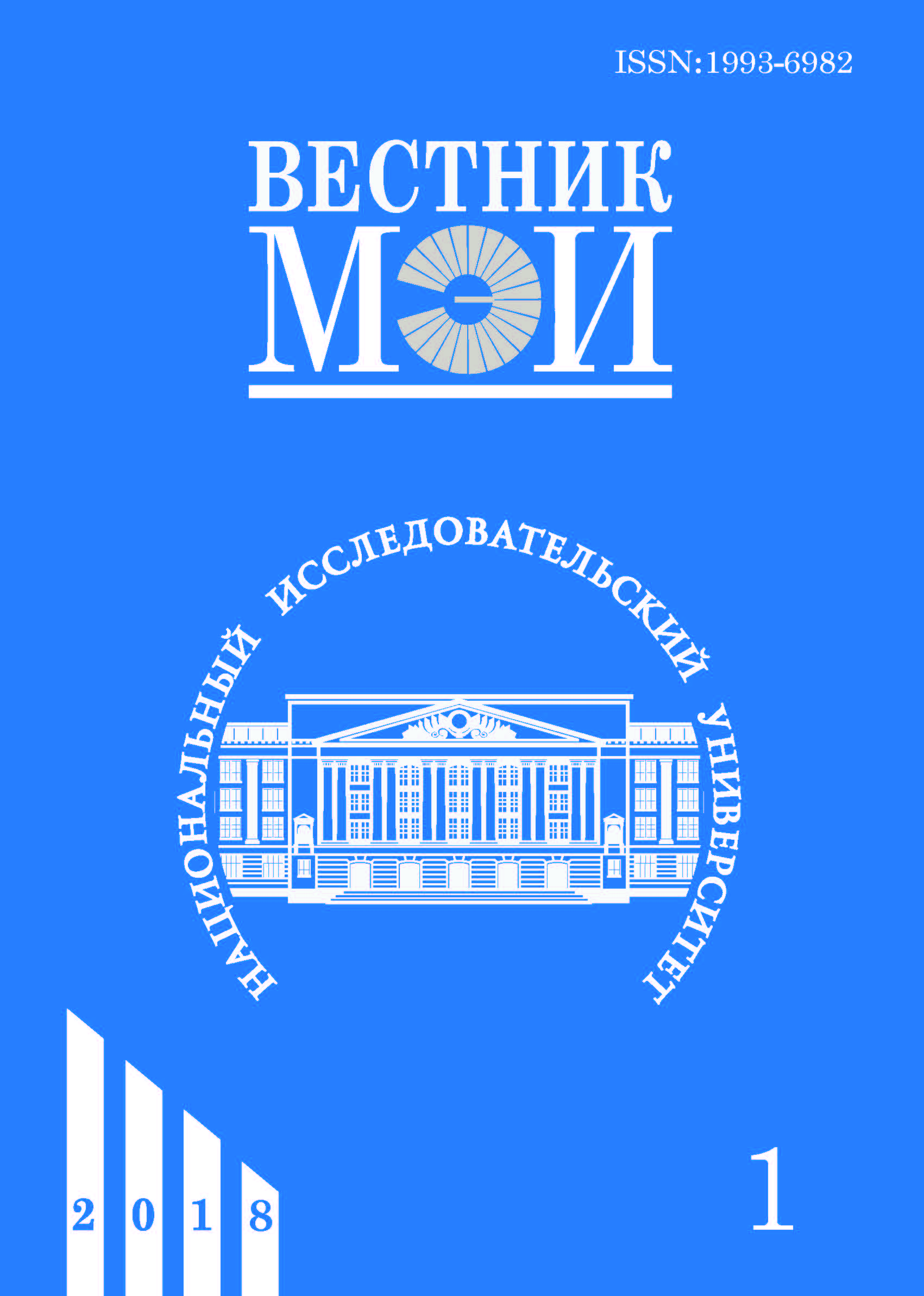Анализ статистических характеристик помех от морской поверхности
Аннотация
Известно, что для радиолокационных станций (РЛС) с длинными импульсами при облучении участка морской поверхности по дальности намного большей, чем длина морской волны помехи в виде отражений от морской поверхности имеют гауссовское распределение, а их огибающая — рэлеевское распределение. По мере уменьшения длительности импульсов (при увеличении разрешения радара по дальности и существенном влиянии малых углов скольжения) распределение помех становится негауссовским и закон распределения огибающей отличается от рэлеевского более длинным «хвостом». Помеха приобретает импульсный характер. Таким образом, приемник РЛС, спроектированный при стандартном предположении о гауссовском характере морских отражений, становится менее эффективным, поскольку повышается вероятность ложной тревоги по причине неверно выбранного значения порога правильного обнаружения, который не рассчитан на импульсный характер помехи. В связи с этим необходимо выбирать наиболее адекватную модель мешающих морских отражений. Представлены обзор и анализ основных моделей негауссовских морских помех (логнормальная, Вейбулла и K-распределение), которые применяются для описания мешающих морских отражений. Большое внимание уделено модели, основанной на K-распределении. Проведено сравнение экспериментальных записей морских отражений, полученных при помощи когерентно-импульсной РЛС IPIX, с основными моделями морских помех. Результаты исследований показали, что логнормальная модель имеет тенденцию переоценивать динамический диапазон фактического распределения мешающих отражений, что означает более длинный «хвост» распределения, в то время как рэлеевская модель имеет тенденцию недооценивать динамический диапазон, то есть «хвост» — существенно короче. Модель помех, основанная на распределении Вейбулла, предоставляет гораздо более широкие возможности по статистическому моделированию морских помех, чем логнормальная или рэлеевская модели. В зависимости от параметров, распределение Вейбулла может переходить в рэлеевское или логнормальное распределения, таким образом, более точно отражая распределение реальных помех. Модель морских помех, основанная на K-распределении, по сравнению с другими рассмотренными моделями, наиболее точно описывает структуру огибающей морских отражений, даже в области «хвостов» распределения и является наиболее перспективной для описания огибающей морских отражений в РЛС с короткими зондирующими импульсами.
Литература
2. Watts S. The Modeling of Radar Sea Clutter. A Thesis Submitted to the University of Birgingham for the Degree of Doctor of Science. Birmingham: University of Birmingham, 2013.
3. Antipov I. Analysis of Sea Clutter Returns. Salisbury: DSTO Electronic and Surveillance Research Laboratory, 1998.
4. Antipov I. Simulation of Sea Clutter Returns. Salisbury: DSTO Electronic and Surveillance Research laboratory, 1998.
5. Bocquet S. Calculation of Radar Probability of Detection in K-Distributed Sea Clutter and Noise. Canberra: DSTO Defence Science and Technology Organisation, 2011.
6. Cetin A. CFAR Detection in K-distributed Sea Clutter. Ankara: Middle East Technical University, 2008.
7. Винокуров В.И. Морская радиолокация. Л.: Судостроение, 1986.
8. Кравченко В.Ф. Рассеяние радиоволн морем и обнаружение объектов на его фоне. М.: Физматлит, 2015.
9. Ward K, Baker C, Watts S. Maritime Surveillance Radar. Pt. 1: Radar Scattering from the Ocean Surface // IEEE Proc. 1990. V. F. No. 2. Pp. 51—62.
10. Ryan J., Johnson M. Radar Performance Prediction for Target Detection at Sea // IEEE Proc. 1992. No. 365. Pp. 13—17.
11. Cognitive Systems Laboratory [Офиц. сайт] http:// soma.mcmaster.ca/ipix/dartmouth/datasets.html (дата обращения 25.03.2017).
---
Для цитирования: Милащенко Е.А., Язовский А.А. Анализ статистических характеристик помех от морской поверхности // Вестник МЭИ. 2018. № 1. С. 125—131. DOI: 10.24160/1993-6982-2018-1-125-131.
#
1. Ward K. Sea Clutter: Scattering, the K-distribution and Radar Performance. Croydon: CPI Group Ltd, 2013.
2. Watts S. The Modeling of Radar Sea Clutter. A Thesis Submitted to the University of Birgingham for the Degree of Doctor of Science. Birmingham: University of Birmingham, 2013.
3. Antipov I. Analysis of Sea Clutter Returns. Salisbury: DSTO Electronic and Surveillance Research Laboratory, 1998.
4. Antipov I. Simulation of Sea Clutter Returns. Salisbury: DSTO Electronic and Surveillance Research laboratory, 1998.
5. Bocquet S. Calculation of Radar Probability of Detection in K-Distributed Sea Clutter and Noise. Canberra: DSTO Defence Science and Technology Organisation, 2011.
6. Cetin A. CFAR Detection in K-distributed Sea Clutter. Ankara: Middle East Technical University, 2008.
7. Vinokurov V.I. Morskaya Radiolokatsiya. L.: Sudostroenie, 1986. (in Russian).
8. Kravchenko V.F. Rasseyanie Radiovoln Morem i Obnaruzhenie Ob′ektov na ego Fone. M.: Fizmatlit, 2015. (in Russian).
9. Ward K, Baker C, Watts S. Maritime Surveillance Radar. Pt. 1: Radar Scattering from the Ocean Surface. IEEE Proc. 1990;F;2:51—62.
10. Ryan J., Johnson M. Radar Performance Prediction for Target Detection at Sea. IEEE Proc. 1992;365:13—17.
11. Cognitive Systems Laboratory [Ofits. Sayt] http:// soma.mcmaster.ca/ipix/dartmouth/datasets.html (Data Obrashcheniya 25.03.2017).
---
For citation: Milashchenko E.A., Yazovsky A.A. Analyzing the Statistical Characteristics of Clutter from the Sea Surface. MPEI Vestnik. 2018;1:125—131. (in Russian). DOI: 10.24160/1993-6982-2018-1-125-131.




